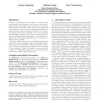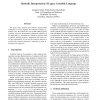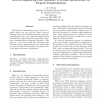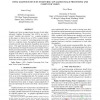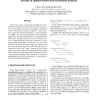180 search results - page 4 / 36 » Reversible Computation and Reversible Programming Languages |
DRM
2007
Springer
14 years 2 months ago
2007
Springer
The goal of obfuscation is to transform a program, without affecting its functionality, such that some secret information within the program can be hidden for as long as possible...
WCRE
2005
IEEE
14 years 1 months ago
2005
IEEE
We apply static analysis and symbolic interpretation techniques to reverse engineer the semantics of legacy assembler code. We examine the case of IBM-1800 programs in detail. Fro...
WCRE
2000
IEEE
13 years 11 months ago
2000
IEEE
The FermaT transformation system, based on research carried out over the last sixteen years at Durham University, De Montfort University and Software Migrations Ltd., is an indust...
ICMCS
2008
IEEE
14 years 2 months ago
2008
IEEE
Graphics and vision are approximate inverses of each other: ordinarily Graphics Processing Units (GPUs) are used to convert “numbers into pictures” (i.e. computer graphics). I...
FOCS
1998
IEEE
14 years 9 days ago
1998
IEEE
The speed of many computations is limited not by the number of arithmetic operations but by the time it takes to move and rearrange data in the increasingly complicated memory hie...
